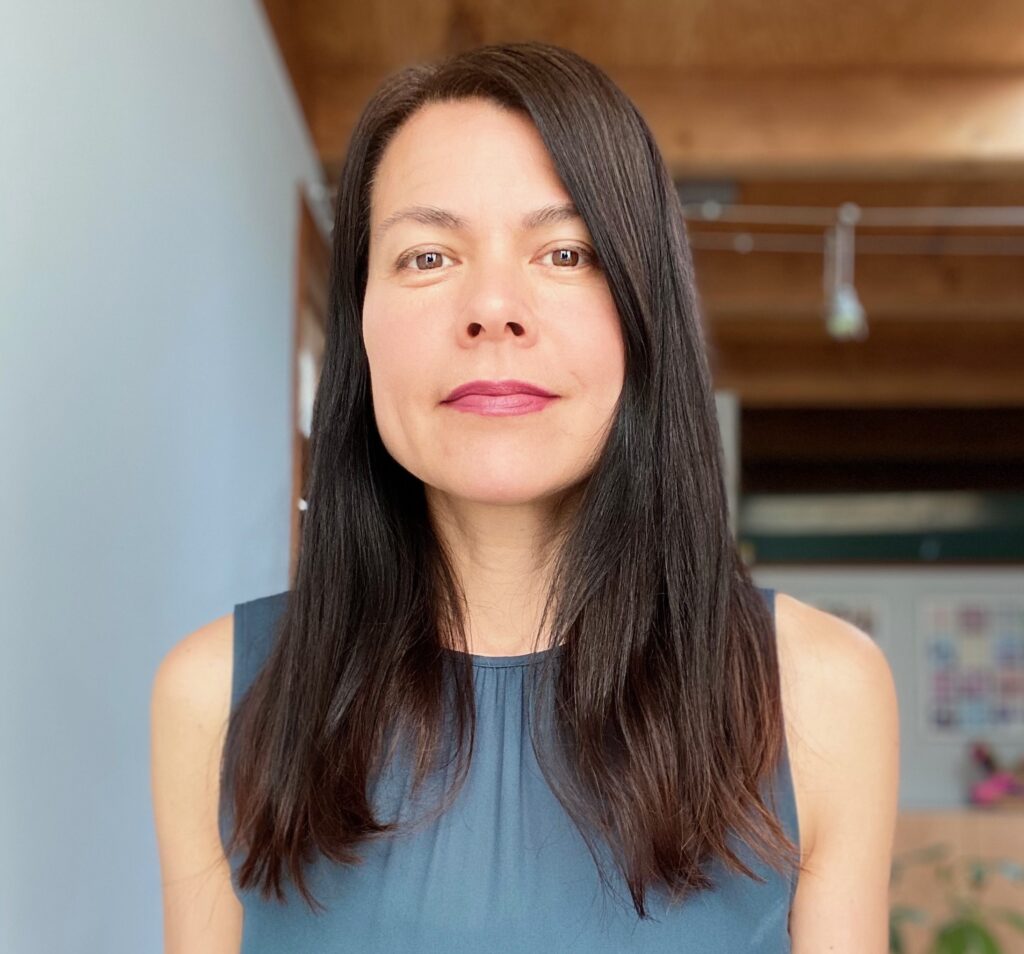News & Articles
When Science, Music & Art Meet Hackers – Color
Jeremy Ginsberg
Our biannual Hack Week tradition continues at Color! Unlike most software companies, Color’s Hack Weeks benefit from the in-house clinical and scientific expertise of our colleagues. So, rather than prototyping yet another gamified social-local-mobile experience, our teams explored a range of topics, including DNA damage, robot calibration, microbiomes, algorithmic music composition, and genetic art.
Not all of these ideas will make the cut for our clients, but we’re excited to incorporate a few of them into our upcoming product roadmap! In fact, during the last six months, we’ve successfully productionized and released a number of products based on Hack Week demos: Elasticsearch, whole-genome sequencing, Color Discovery (more on this in the coming months), and a family history assessment. Not too shabby!
Here’s a sample of last week’s explorations:
Winter is Coming
As this children’s classic tells us, “sometimes when you’re different you just need a different song… everything makes music if you really want it to”. Maybe our genes can help us find the perfect song inside each of us! Carmen, one of the first data scientists at Color, led an exploration of genetic music based on melodic patterns from Game of Thrones. She generated personalized soundtracks based on a region of the genome, changing chords and mood (major/minor) based on the base pairs and variant presence, with variable-length musical phrases for different types of structural variants (insertions and deletions).
Microsatellite Instability
Mismatch repair (MMR) genes are involved in correcting mistakes that occur when DNA is replicated. MMR deficient cells usually have many DNA mutations, which accumulate especially in microsatellites (short tandem repeats distributed throughout the genome). Traditionally microsatellite-instability (MSI) status has been assessed with a PCR test of 5 markers based on tumor tissue. A few recent publications have shown that MSI status can be reliably assessed with Next Generation Sequencing — could we make similar assessments using our existing Color panel data, which is based on peripheral blood or saliva instead of tumor tissue?
The answer for now is “not yet” — though this idea sounded very exciting, early results suggest we can’t simply offer this insight to clients without changes to our lab process and assay. It was a long-shot bet, given that our assay/panel wasn’t remotely designed for this kind of clinical assessment! Still, it was a worthy exploration for Hack Week, and a great example of the kinds of interesting ideas which are possible to quickly explore at Color.
A Rose for Emily
We’ve all chuckled at the recent wave of consumer products offering “DNA-inspired” art and fashion. Gilad, our head of data science and amateur art critic, observed a disappointing lack of variability and personalization in these products: we’re all different, so why do the resulting designs look so similar? He spent part of his Hack Week exploring ideas to algorithmically generate signatures from one’s genome, so that two related individuals will have similar signatures. These signatures then utilized a modified version of blomster, a Processing sketch, to generate flower images, so that two unrelated individuals will have obviously different-looking flowers (shape/color/structure), and related individuals will have similar ones.
Computer scientists who are reading this can probably guess a class of algorithm which is well-suited for this purpose (please email careers@color.com if you have a guess). Gilad succeeded, with just 2–3 days work — you can see the resulting garden from a recent batch of samples.
We’ve got you covered
Emily, a lead designer at Color, hacked up a colorful, informative guide to mammograms. She learned from client feedback and user research that mammograms can be “a little uncomfortable to talk about for many women”. Her goal: help Color’s clients know what to expect to help them get ready to make that first appointment. Keep an eye out for this in the coming months, along with lightweight scheduling reminders!
Software engineers and designers! If these kinds of projects sound exciting to you, check out our careers page or email careers@color.com.


